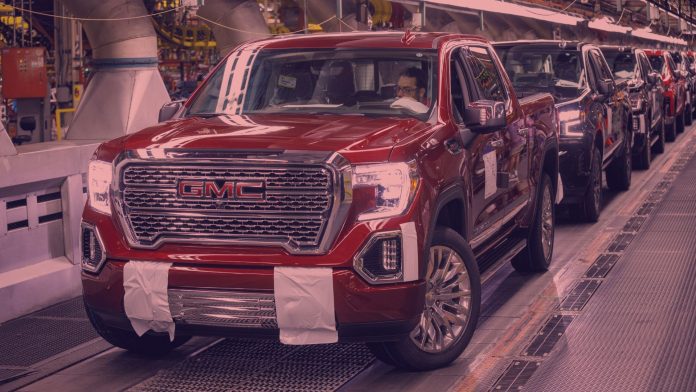General Motors (GM) is heavily investing in repurposing its internal combustion engine (ICE) assembly plants to produce electric vehicles (EVs), a strategy President Mark Reuss says is more cost-effective and agile than constructing new factories. This approach allows GM to utilize existing facilities for both gasoline and EVs, adapting to changing market demands.
Reuss explained at the CAR Management Briefing Seminars that converting existing plants involves significant initial costs but is less expensive than building new ones. This flexible manufacturing strategy supports GM’s goal of achieving a zero-emission light-duty vehicle lineup in North America by 2035. This year, GM is introducing a range of new EVs, including the high-end full-size pickups and the Equinox EV, priced around $35,000.
Despite this, the market adoption of EVs has been slower than anticipated due to concerns over charging infrastructure and vehicle costs. As a result, GM has delayed the production of its electric full-size pickup at the Orion Assembly plant in Michigan until mid-2026 and postponed the launch of Buick’s first EV.
The next-generation Chevy Bolt EV, which will be redesigned using GM’s Ultium battery platform, is set to begin production at the Fairfax Assembly plant in Kansas in 2025. This model will continue to be positioned below the Equinox EV in terms of price and features.
Reuss acknowledged that while the EV market is growing, the pace is slower than expected, leading to supplier relationship challenges. However, GM remains committed to navigating these challenges and maintaining strong partnerships.



